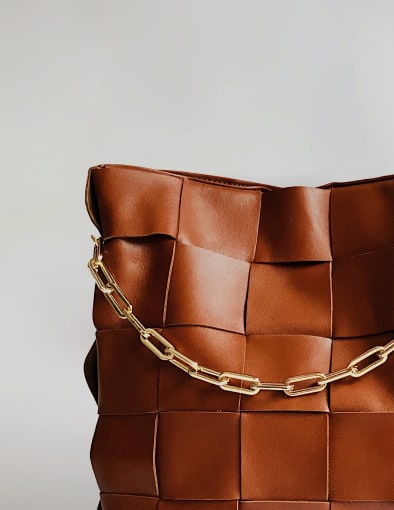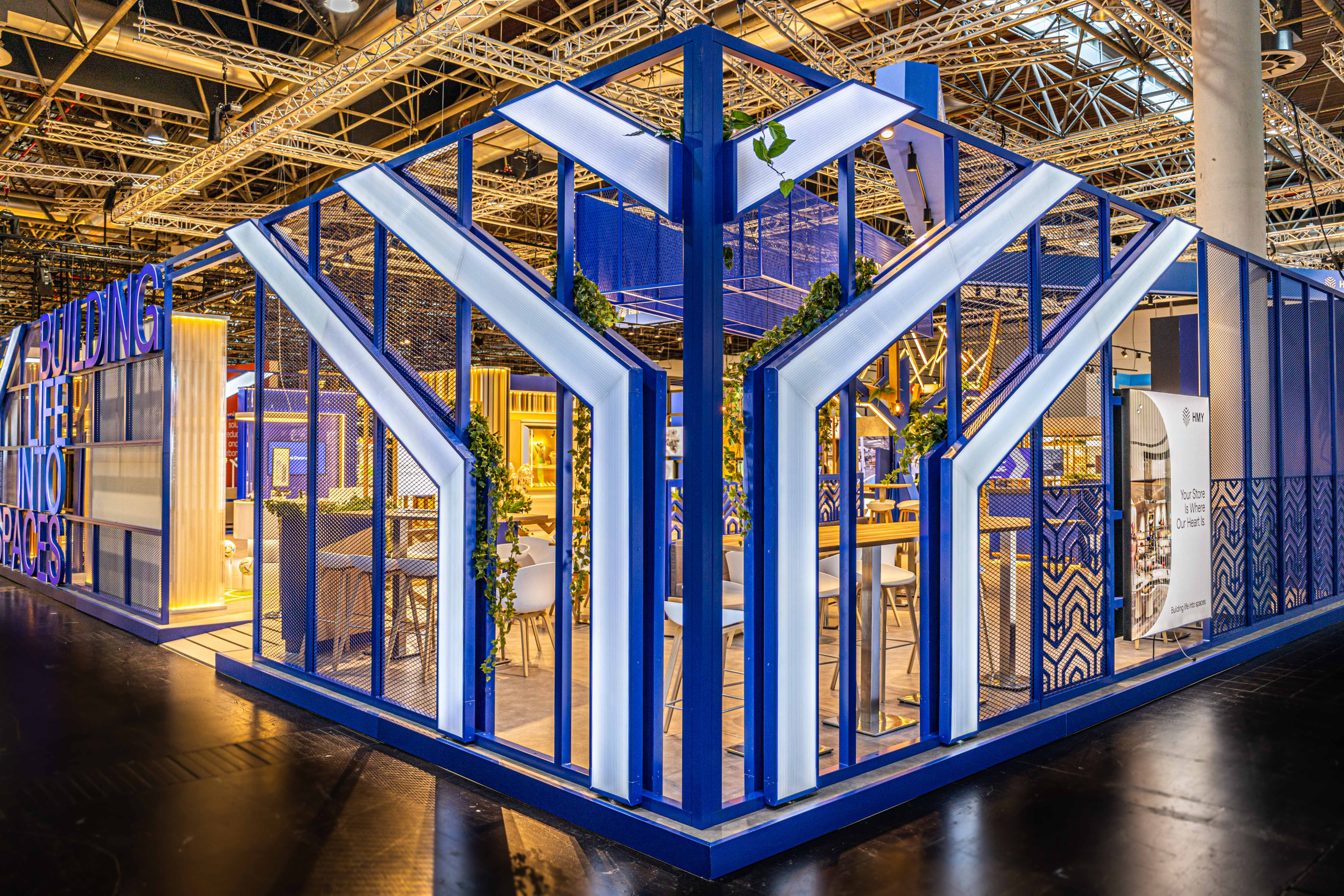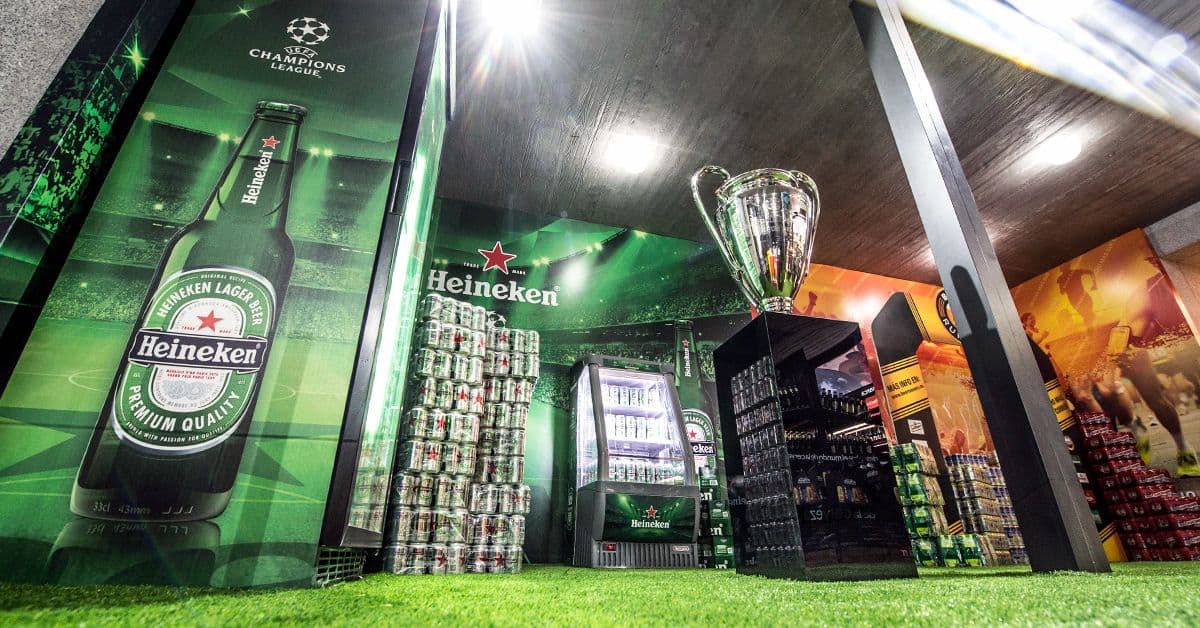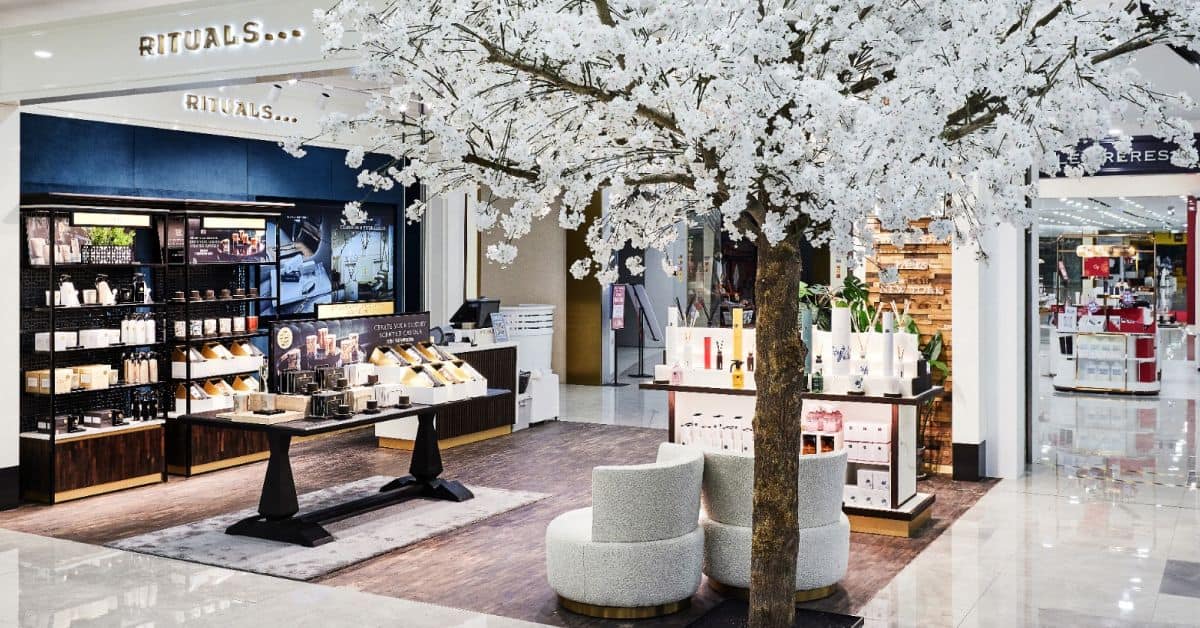Tag: shopfitting supplier
Key factors to choose a shopfitting supplier
- How to choose the best shopfitting supplier for your project?
- We analyse the areas and factors on which major brands, multinational brands and retailers base their decisions to choose a shopfitting supplier.
All projects begin with a brief defining the objectives of the project, the audience or buyer whom the project is addressed to, the strategy, etc.
The great challenge of the brief is to generate a clear explanation, ensuring that shopfitting suppliers understand the project and to provide them with enough information to meet the level of service and quality that is sought.
In other words, when we go from the brief to the tender of the shopfitting project.
How are tenders usually organised?
The most common structure of retail project tenders is as follows:
- Presentation of the company, the brand, its objectives and its consumers.
- Breakdown of tender or objectives.
- Key factors shopfitting suppliers must deal with.
- Planning and deployment proposal.
- Other requirements to be met by the chosen shopfitting supplier.
- Pricelist.
The presentation of the company and the breakdown of objectives are defined by the client, while the planning and deployment proposal is essential for each project, and varies from one supplier to another. There is no one correct way to organise a deployment. Moreover, different options can be found to meet the objectives.
It is from the third point onwards where suppliers must show their full potential in a tender, as explained below in detail:
Key factors to choose retail suppliers
Most commercial equipment manufacturing companies can prepare a plan or present a price proposal, but not all of them can respond to the factors that determine whether a supplier is in line with the approach of the brand or retailer and if their services can cover all needs.
Key factors to be considered when choosing a retail supplier
- Industry expertise
How is the bidder organised technically and geographically? What project management methodology do they follow? Can their Project Managers coordinate international expansion projects and control the entire project, or do they have limitations? What management successes and certifications have they achieved?
- Industrial capacity
What disciplines and materials does the supplier master? What is their capacity to scale up production? Multi-material capacities and average production time play a significant role in this regard. As we do at HMY, suppliers should offer clients a single point of contact, regardless of whether the commercial equipment includes different materials and electrifications. Furthermore, being able to swiftly scale the manufacturing process of these elements is a great added value in expansion projects.
- Quality: Methodology and Certifications
Brands and retailers should establish guidelines for minimum criteria for the finalist suppliers. However, suppliers should be able to guarantee their quality levels live up to expectations. At this point, brands and retailers usually set criteria such as maximum tolerances in the gaps between parts of the same element, and require certain tests to be carried out to check whether materials are resistant to corrosion and discolouration over time and to contact with objects and chemicals.
- Project and Supplier Sustainability
Today, sustainability is essential in almost all tenders. In this regard, shopfitting suppliers must offer guarantees that the project will meet the requirements of current consumers. What is the origin of the materials? Are the designs and engineering processes eco-friendly? What is the impact of logistics on the project as a whole? Are the inks and paints used by the supplier eco-friendly? In line with our SmartEco project and the principles of eco-friendly design, at HMY we use Fujifilm-certified eco-friendly inks and water-based paints, limiting VOCs such as ketones, benzenes or formaldehydes.
- Value Engineering
One of the aspects brands and retailers value the most, and that most shows the expertise of the supplier, is knowing what improvements they can make to furniture designs and technology in terms of materials, production process, savings, packaging, etc. Brands are expected to provide the visual guide, and suppliers to provide the technical guide.
- Scalability
How will suppliers organise their production and logistics for projects to grow in line with the needs of brands and retailers? Many tenders are pilot projects where clients assess the overall capability suppliers before entrusting them with the full deployment of the project.
- Agility and Versatility of the Elements
The more comprehensive the client’s retail expansion strategy is, the more point of sale formats the tender includes. From flagships to shop-in-shops, through pop-up stores. Suppliers must prove they can act with as much autonomy as possible when adapting clients’ designs to these formats while sticking to the essence of the brand and adapting the budget to the said formats.
- Logistics and International Installation Capacity
Suppliers must prove their management strategy centralises resources and establishes action will be carried out with a deep local knowledge of each area where the brand will operate. Glocality is the key concept big brands are looking for. A good installation is key for success in the last mile. Installers should have received previous training regarding the client’s concept.
As explained, many factors must be taken into account when choosing a shopfitting supplier to make sure your retail business meets the objectives set efficiently and sustainably.







































